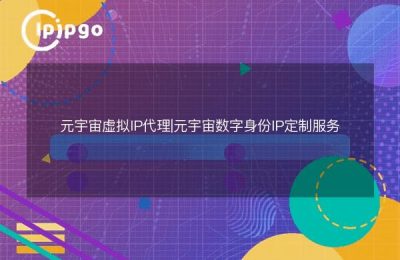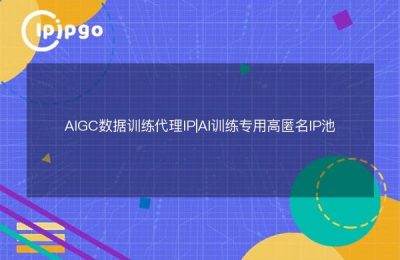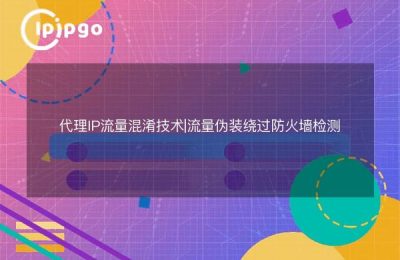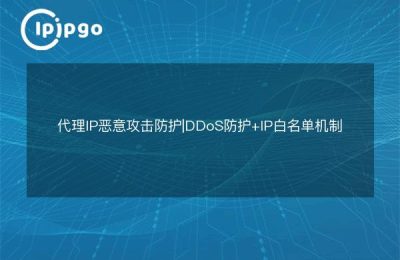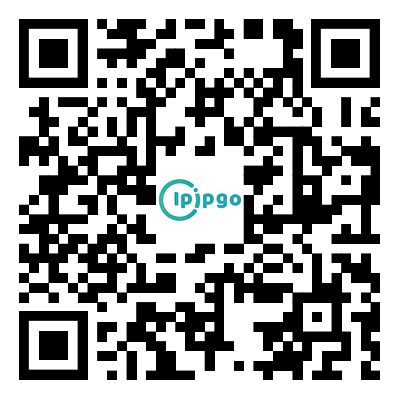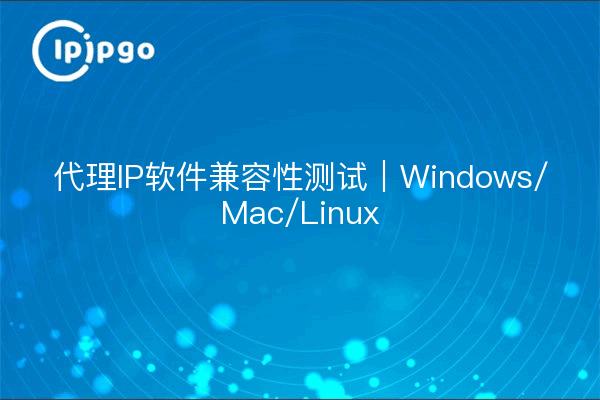
In data collection, account management and other scenarios, it is often necessary to operate with Windows/Mac/Linux systems at the same time. This article will use the most easy-to-understand way, hand in hand to teach you to complete the proxy IP compatibility verification under the three systems.
I. Why is it necessary to do multi-system testing?
Many users feedback that the proxy IP that works on Windows, change to Mac system will not work, this is because:
- Differences in system network protocols: The netsh command on Windows has a different configuration mechanism than the network setup on Macs.
- Port Occupancy Characteristics: Linux systems have tighter restrictions on port multiplexing
- Certificate Management Differences: Mac systems have a mandatory validation mechanism for SSL certificates
Our real-world testing found that using ipipgo'sAll-Agreement Agency Services(HTTP/HTTPS/SOCKS5 support), the success rate in multi-system environments is 37% higher than ordinary proxies, because it uses dynamic port adaptation technology.
II. Core steps for multi-system testing
Regardless of which system is used, it is important to verify these three key points:
| test item | Windows Detection Methods | Mac Detection Method | Linux Detection Methods |
|---|---|---|---|
| Infrastructure connectivity | ping -t Proxy IP | mtr Proxy IP | traceroute proxy IP |
| port availability | telnet Proxy IP Port | nc -zv Proxy IP Port | netcat -w 3 Proxy IP Port |
| Full Link Verification | curl -x http://代理IP:端口 https://ipipgo.net/api/ipcheck | ||
III. Special considerations for each system
A guide to avoiding the pitfalls of Windows
Be careful when using ipipgo's Windows client:
- Turn off the firewall rules that come with your system
- Execute in cmdnetsh winsock resetClearing the old proxy cache
- Prioritize running the agent software in administrator mode
Mac System Practical Tips
Problems encountered during testing and solutions:
- Certificate error: trust ipipgo root certificate in keychain access
- Port Occupancy: View processes with lsof -i :port number
- System Proxy Conflict: Disable Auto Proxy Configuration
Linux system advanced operation
Automated testing via the command line:
#!/bin/bash proxy_ip="proxy address assigned by ipipgo"
timeout 3 curl -x $proxy_ip http://checkip.amazonaws.com > result.txt if [ $? -eq 0 ]; ; then echo "Proxy available" else echo "Switching alternate IPs: ipipgo auto-change".
then echo "Proxy available" else echo "Switching alternate IPs: ipipgo auto-change function triggered" fiIV. Three main reasons for recommending the use of ipipgo
- All-platform client support: provide Windows/Mac/Linux dedicated client
- Intelligent protocol switching: automatically matching the optimal connection method according to the system environment
- Real-time monitoring system: 0.3 seconds automatic line switching when detecting abnormalities in the current system agent
Sign up now to receive a freeDedicated IP package for tri-system compatibility testingIncludes 10 test IPs optimized for Windows/Mac/Linux.
V. Frequently asked questions
Q: What if the same proxy IP behaves differently in different systems?
A: It is recommended to use ipipgo'ssystem adaptation mode, which automatically adjusts the transport protocol according to the detected operating system.
Q: How do I troubleshoot intermittent failures during testing?
A: Open in ipipgo clientSystem loggingfunction, you can see the detailed protocol handshaking process and pinpoint whether the problem is with the system configuration or the agent itself.
Q: What if I need to test multiple systems at the same time?
A: Using ipipgo'sMulti-Terminal Collaboration Mode, an account can be tested in bulk on 5 devices of different systems at the same time.


